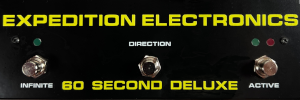Published on Dec 9, 2012 by MusicMiK - now MiK-Music
"Getting lots of questions about repairing the Korg Poly-61, most of them related to the digital clock/synchronization of the DCOs, i decided to create a video about this.
It's not only Poly-61 specific, i also tell you something about equipment you should have, some simple safety measures and an introduction into general debugging techniques before it comes to the Poly-61 specific stuff.
Originally i thought this wouldn't be very spectacular as the Poly-61 worked last time i used it, but i was surprised to find a real defect during creating this video :)
Sorry for the focus problems and some other minor glitches, this was a very spontaneous idea and due to the usual lack of time, i didn't have an eye on perfection here. It took lots of hours to create this - making it better would eat up several weekends i think. I hope you understand that i prefer to do lots of other, more important stuff.
And after some very bad experience here at YouTube, i want to add this disclaimer - not meant for the ones who give positive feedback and thus keep those videos online, but meant for those with a destructive nature only being able to criticize the work of others:
The meanings and processes i show and describe here are my personal meanings and ways i work. If you have different meanings and processes, i will not try to convince you of my way to do stuff and expect you to also tolerate my ideas - so i will simply delete insulting comments.
If you think, i'm doing it wrong, simply make it better. I just try to help."
Showing posts sorted by date for query MusicMiK. Sort by relevance Show all posts
Showing posts sorted by date for query MusicMiK. Sort by relevance Show all posts
Sunday, December 09, 2012
Wednesday, January 04, 2012
Roland CR-78 test
YouTube Uploaded by MusicMiK on Jan 4, 2012
"Yep. Keeping up the trend "repair one CR-78 every year" :) Just a test after fixing some usual battery leakage damage."
Saturday, August 28, 2010
Vermona ER-9 first test
YouTube via MusicMiK | August 28, 2010
"I recently got this ER-9 from an internet auction as broken - a resistor and a capacitor were fried according to the seller.
The schematics don't include the power supply, so if anyone also worked on this unit, could you please tell me the value of the resistor between the +12V and the +5V outputs? 82 Ohms seem to be a bit small, as the power transistor and resistor produce a lot of heat, 100 Ohms seem to be a bit too large as the 5V drops with this...
Besides the power supply, all D126D (7426) had some broken outputs each, so i replaced all of them. 2 Trimpots had some mechanical damage, besides this, the electronics were okay, just the electromechanical parts (start switch, volume knob, lamps) need some more work.
This machine has an interesting sound, i especially like the snare drum. There are lots of trimpots in the unit to tweak the sound and i don't have the adjustment documentation yet, so what you hear doesn't necessarily reflect the original sound of this machine, it's just what i adjusted."
Sunday, July 11, 2010
Elektor Formant with step sequencer
video upload by MusicMiK
"Finally i got the missing VCO module for my Elektor Formant. And there also was "something else" in the box, which clearly looked like a step sequencer.
After finding out where the loose cables go and where power has to go, it needed some repair and now works quite fine. According to the chip labels, this thing might be built 1978, it's a very simple design with a 4520 binary counter, 3 4051 for potentiometer multiplexing and sequence control, together with a 4001 which generates the reset signal for the 4520.
The main clock comes from a NE555, the output buffers are TL071 now as one of the CA3130 was dead.
I don't know more about this thing, it looks a bit like a kit, but it also might just be built around a commercial PCB (single sided hand-drawn layout but white print on the component side). No signs about who made this thing, no schematics available (but in fact, it could be developed from scratch in less than a day i think :)
No, i didn't take care of dialing in any well-sounding melody, so it for sure sounds a bit strange..."
Tuesday, March 23, 2010
OpenSoundControl breadboard feat iPhone
YouTube via MusicMiK
"Another quick hack...
Saturday afternoon - started to implement a chip driver for the ENC28J60 and basic IPv4 stuff. Sunday evening, ICMP (ping) and ARP worked fine, and even if the job used up most of the time yesterday and today (Tuesday), i had a working simple TCP socket this morning.
This evening, it took about 2 hours to hack together UDP support and some simple OSC message parsing.
So all in all - IP and OSC are really simple to implement, all this should also be no problem with an AVR MCU, and if i optimize memory usage, even a small ATmega168 or so might do the job. Everything is coded in C++ and with all the display stuff with graphics routines and lots more of garbage in the firmware, i currently get about 37KB code size on the ARM7TDMI used in this setup.
Imagine what's possible. Sure, OSC-MIDI is easy going. But how about controlling your home using the iPhone? Turning on and off the lights, studio gear, anything. I think, i will soon throw away the remote controlled power outlets and make a 19" 1U rackmount unit with some OSC features to control power of my gear.
Maybe the MonoMiK even gets more than MIDI. USB is quite sure, Ethernet would be also interesting now. A true analog synth with Ethernet? Why not? :)
Sorry for the blurred overall image, my camera can't re-focus during video and i set the focus for the details."
Saturday, March 13, 2010
MonoMiK VCO config GUI prototype
YouTube via MusicMiK. Click here for all videos in the series.
"This is the first prototype version of one of the configuration screens for the MonoMiK. You see the VCO configuration, where you can select one or more of the 6 basic waveforms, which are mixed on the output, select the sub oscillators of VCO1/2, the noise mode (icons not yet designed), the ring modulator mode (icons also not yet designed) and the sync/pitch tracking settings.
Besides sync on/off, you can also select the sync source, which doesn't just handle sync between VCOs, but also sync to external sources, noise, the ring modulator and a digital signal from the CPU, if i get this implemented with the performance i have.
Synchronization can be configured to trigger when the source is less than or more than a specific signal voltage level, while the level can also be configured in those screens.
The touch screen driver is not yet optimized, usability with finger input might get improved, and there are lots of other screens to be implemented. This is just a small peek at how everything might look when completed.
The whole GUI and hardware drivers are written in C++ and runs on an ATmega168 clocked with the internal 8MHz oscillator currently."
Sunday, February 14, 2010
MIDItriggs final test
YouTube via MusicMiK
"The final tests before releasing MIDItriggs version 1.0, especially testing the write switch emulation and the new program change feature which works in conjunction with the RAM upgrade/replacement board for the CR-78.
Get the final version at http://www.mik-music.org/MIDItriggs
Sources, schematics, board layout and (yet not complete) documentation included."
Monday, January 04, 2010
MIDI retrofit for CR-78 Part 6
YouTube via MusicMiK. follow-up to this post.
"This part shows the tight timing i built into the MIDItriggs for the CR-78, while this machine is not the easiest to handle for perfect MIDI sync. There still is one clock offset when recording the internal sequencer data of the CR-78 via MIDI, but this feature might not so interesting anyway.
The write switch is also shown in this video, which has a perfect timing, as long as you don't start in measure 1 of your MIDI sequencer software, this makes trouble due to the startup time of the CR-78. The patterns are 2 measures long, so just use 2 empty measures, then the notes for the write switch.
I found the problem of the strange doubling sound - it was due to "any note" triggering the write switch, so the selected instrument got triggered twice. This is fixed now, it now uses "any unassigned note" for the write switch. This simplifies recording:
BD in measure 3-5, HH in measure 7-9, SD in measure 11-13, Accent in measure 15-17, all as recorded, transposed 12 semitones down (to hit unassigned notes), record off (to not send back triggers received from the CR-78), start, instrument selector to BD, wait until measure 6, instrument selector to HH, wait until 10, select SD, wait until 14, select Accent, wait until 18, stop, done, whole rhythm in the programmable area.
Maybe i create another video about this.
All features seem to work fine now, i will now update the documentation and publish MIDItriggs version 1.0 on http://www.mik-music.org/MIDItriggs today or tomorrow. Ready-to-go for your CR-78 :)
Please keep in mind that i don't have the time to build kits for you or implement more features you might like to see. This project is open source, so you can fit it to your needs on your own. I likely ignore questions about it that are answered in the documentation or source code."
BeatBoxBattle CR-78 versus RM1x
"During the final testing of the MIDItriggs retrofit for the CR-78, i played around with sync in both directions and thought, it is funny enough to create a video. I hope, you like it.
Make your own MIDItriggs for the CR-78 with this: http://www.mik-music.org/MIDItriggs"
Friday, January 01, 2010
MIDI retrofit for CR-78 Part 5
YouTube via MusicMiK. follow-up to this post
"A bit tired on the first day of 2010, but enough to do some cleanup in the source tree and implement basic CR-78 hardware interfacing.
The hardware works as desired, the rest of this is just tricky firmware to have all the desired features enabled. Sync/Start/Stop still needs a bit improvement, but the way the machine works in detail is now analyzed and can be handled.
Currently implemented:
MIDI sync in and out
Triggers to/from MIDI, currently with not special handling for the Accent-trigger, which will be mapped to velocity later.
Still some things to change in the main logic to compensate some hardware strangeness of the CR-78 like the VCAs being shut down when the unit is stopped, so it always needs to run to get the triggers from MIDI routed to the hardware.
The handling of the switch between internal and MIDI control can also be improved using the start/stop button to switch off pure MIDI control and return to native machine clock.
Usual disclaimer: I will not build and sell kits and i will not implement your firmware wishes. This is your job, when the finished version of schematics/source go to http://www.mik-music.org/MIDItriggs"
Thursday, December 31, 2009
MIDI retrofit for CR-78 Part 1
YouTube via MusicMiK
"This is the documentation of retrofitting MIDI into a Roland CR-78 using my MIDItriggs project. The first 4 parts include the mechanical work, modifications to the CR-78 and installation of the board in a good detail level.
Next year (read as tomorrow or so :), i will add the hardware driver for the planned CR-78 features to the firmware and create a last video showing the features of this retrofit. With the last video, the project will be available again on my website, being completely open source, including schematics, documentation and board layout, so you can make your own kit.
One more thing to say - i had some bad experience because there are people in the world interpreting „open source as „he does your custom development for free. This is not the case. I dont sell kits, i dont adapt MIDItriggs for your beatbox and in general i stopped answering questions about all my DIY stuff, as this eats up so much time that i no longer have time for the DIY hobby.
So if you contact me, dont be angry if you dont get any response. I just dont have the time and motivation to work for others, i want to make my own DIY ideas come true, not yours.
If i get another beatbox (i dont have a CR-78, its from a friend, i just have the Hohner Automatic Rhythm Player, which was the start of the MIDItriggs project), i will add it to MIDItriggs. But i still will not make and sell kits. This is your job - using the material you soon can find on my website again.
I wish you all a good start into 2010, happy new year!"
Saturday, November 28, 2009
MIDItriggs clock out demonstration
YouTube via MusicMiK
"This is the demonstration of my current small project called MIDItriggs, an universal, open-source MIDI to/from trigger interface for old analog beatboxes and drum machines.
This video demonstrates the clock output feature, which is just added "because we can" :)
You can synchronize and control MIDI sequencers using the built-in sequencer of your beatbox, in the case of the Hohner Automatic Rhythm Player, this is some TTL logic with a diode matrix.
Of course, you can also send the machine trigger signals as MIDI notes, but in this video, they are filtered, just the start/stop/clock messages are sent to the RM1x.
The project will be published with source code, schematics and documentation this weekend.
The firmware is smaller than 4 kilobytes and uses less than 512 bytes of RAM, so it can be used on an ATmega48, while using an ATmega88 or larger can even give you boot loader capabilities to update the firmware over MIDI. The MIDIboot boot loader for this is already published."
Update:
MIDItriggs configuration demonstration
"Here, i show you how to update the MIDItriggs firmware if you use the MIDIboot loader in your MCU, which is an ATmega88 in my unit.
Besides this, i show you how the configuration of MIDItriggs works with just one button for the input (and MIDI events to set MIDI channel and the mappings of instruments), while for the feedback, the sound generators in the beatbox are used to give simple patterns telling you the current state of the configuration items.
The source code, schematics and documentation are public now, you can find everything about the project here: http://www.mik-music.org/MIDItriggs
Soon, a new version with completed documentation and PCB layout will follow, the project will grow as i find other units i can attach this nice toy to. The hardware might need changes for some other units, like the Roland CR-78, which also would be an interesting candidate for this, i just don't have one currently, so this has to wait a bit."
Wednesday, September 16, 2009
Hohner Automatic Rhythm Player goes MIDI
YouTube via MusicMiK
"Started to fix my Hohner Automatic Rhythm Player i got a while ago. All the PCB retainers fouled away to an undefined strange soft chewing-gum like matter, so they need replacement in the near future. Currently, i added some provisoric stuff to keep the boards in place and make the box usable.
During the repair (that this video should handle), i decided to add MIDI to it, so this video now is the story about developing and making a small MIDI retrofit for this nice machine.
It currently works in a very primitive way - after investing just about one day of work into it. The firmware will be enhanced to add the following features:
- Using the configuration button to enable a learn mode to set the MIDI channel and assign instruments to the MIDI notes (while multiple notes can trigger the same instrument) and set other things. Input devices are MIDI note events and the green button i added at the rear, output devices are the instruments to give some feedback by playing sounds.
- Implement the blocking of MIDI triggering when the internal sequencer runs, even if the hardware doesn't care about concurrent triggering, nothing can be damaged due to the diode matrix and my way of triggering the instruments being friendly to each other.
- Implement MIDI out for the internal diode matrix sequencer, including MIDI clock and start/stop, which should be possible with the current hardware. MIDI note assignment also takes place in the configuration then. Not too useful, just "because we can" :) The output might also be available as software MIDI thru, using filtering.
- Maybe add some means of accentuation, which this machine is currently missing, but i have some port pins available which should make this possible.
Another useful modification would be separate outputs for all instruments, i'm thinking about this but will do this a bit later. First, the unit needs some restoration after this quick idea of the MIDI input. With this, it really makes some serious sense in the studio as i no longer need to use the preset rhythms."
Friday, September 11, 2009
Elka Synthex ring modulator oddities
YouTube via MusicMiK. follow-up to this post.
"Seen as a repair, this was a failure. But i think, it could be of interest anyway.
Now this happens if you try to repair phantom problems. If you use both ring modulators on the Synthex, especially in conjunction with oscillator synchronization, you can get very strange sounds that sound like a defect of a voice. This is strengthened by the fact that when playing through the notes, it likes to happen on the same voice(s) all the time.
I measured around in the voice boards for hours and looked for differences between 2 voices, the only assumption was that the analog control of the 4070s used for waveform inversion are the problem - aging might lead to the problems. And i also suspected such aging factors in some analog switches. Couldn't prove this by measurement, so i could just replace all chips in doubt.
Fascinating enough, the problem was nearly gone after this - same test procedure. So i did the replacement in 2 other voices. But the next test procedure showed the same defects on one of the repaired voices. Evil stuff. Diving deeper into this just led me to the conclusion that this is the little bit of analog behaviour in the digital oscillators of the Synthex. It's not a bug, it's a feature.
Don't try to repair this. There is nothing to repair. And if you already did - don't take it too serious. I wasted a lot of time on this, but not everything in life, and especially in electronics DIY, can lead to success.
At least i hope you have some fun with the strange behaviour with this special sound configuration.
If you have a Synthex, please try around with this and tell me the results - as comments on this video or so. Would be interesting if this is reproducible on other units also."
Fixing a Synthex joystick - part 1
YouTube via MusicMiK
Fixing a Synthex joystick - part 2
Fixing a Synthex joystick - part 3
"Another story for the DIYers among us.
Today, i repaired the joystick of an Elka Synthex. This was a bit more complicated, as the joystick is reveted together, so i needed to modify the mechanics a bit to use screws to put it back together.
This took the whole morning, and i didnt see much i could cut out of the videos i took over this period, so this is another multipart video series.
The main cleaning procedure is the same i use on potentiometers having major trouble, this part is quite simple.
All in all, this is another video showing that even hopeless damage (im sorry i didnt take videos of the condition of the synthex with this joystick before i started the repair) is no killer for unobtainable parts if you invest enough patience to get them back to life.
Part 1 shows how to take it apart and prepare it for using screws to put it together later
Part 2 is some mechanical work for the screws and cleaning the potentiometers
Part 3 shows how to put the thing together and test it
Hope anyone else with similar problems can use it as a motivation to try to repair it. The joystick was in a condition where i couldnt lose anything, it was completely unusable, i had the choice between further damaging it so its just left there as decoration or to get it fixed - which was successful."
Sunday, August 30, 2009
ARP 2600 restoration completed
YouTube via MusicMiK. follow-up to this post
"The last part of the ARP 2600 restoration video series.
Fixing the keyboard was the harder part of this restoration, i completely took it apart, cleaned everything, removed some rust, replaced the bushings and adjusted everything. Works quite fine now.
What you don't see in the video - i added a small circuit as a CV/Gate interface, which emulates the keyboard, so you can still use the portamento on your CV input and the trigger behaviour is exactly the same as with the original keyboard. This interface accepts TTL gate signals, so no problem with the 15V, you usually need on the ARP 2600. Schematics and layout will be published on mik-music.org after some minor corrections.
The whole restoration took about 50 hours of work and i really wouldn't do it again - except on my own 2600, if i ever get one :) Sure, it could have been done faster, but the motivation for this was curiosity and the challenge to get this done as good as possible :)"
Sunday, August 23, 2009
Summer Evening
YouTube via MusicMiK
"After my studio collected dust for the last months, i took the opportunity during the 2nd Annual International Day of the Synthesizer Freak event on Facebook to fire it up and play around a bit with the machines.
In fact, not much synthesizer fiddling happened, but i created a little track, and as i used my first DIY synth for the brass lead, i made this video showing all the photos taken during development of this synth.
It's a nice slideshow where you can see the changes in the development equipment and the studio during the development and build of the MiK-one. And i hope you like the music also a bit :)
The nature sounds (thunder, rain, crickets) were sampled with the voice recorder of the iPhone with the built-in microphone. Those samples don't have any EQing or so, so you hear the original sound quality of this device. Quite okay for a mobile phone."
Sunday, August 09, 2009
ARP 2600 restoration
YouTube via MusicMiK
"Another small video series. This is the first part of my efforts to restore an ARP 2600 for a friend. It shows the unit immediately after the friend dropped it at my place, showing all the problems it has.
This video handles repair of the electronics, especially my way to fix faders and potentiometers with isopropanol and vaseline, which was quite successful up to now and much less aggressive than the classic contact sprays, which tend to just give a short-time effect.
2 more videos will follow showing the results of those efforts."
ARP 2600 first tests
"The second part of the ARP 2600 restoration video series.
This video shows the result of the fader cleaning. Besides this, i replaced all the tantalum capacitors, also washed the jacks with the isopropanol spray, while one jack even needed disassembly to clean the contact spring, as the switch function didn't work reliably.
I also cleaned the enclosure and the knobs.
See the repair photos here:
http://www.mik-music.org/gallery3
(The last page holds some photos of a mod i did a while ago and doesn't belong to this restoration)"
Saturday, July 11, 2009
PolyMiK breadboard synth
YouTube via MusicMiK. Remember you can search on MusicMiK on the top left for more.
"I started this project last weekend and i think this will be the synth with the shortest development time i ever made :)
Okay, in fact, much of the design was heavily inspired by the Korg Trident and the AAC Tiracon 6V, i just added sub oscillators, ring modulator, and some of the surrounding electronics. The firmware later will add a lot of power with several LFOs, multi-stage envelopes (thinking of 8 stages), microtuning and we'll see what more ideas i add into this.
I'll try to use an AVR to control this, but if it's not powerful enough, it will get an AT91SAM7S for this - like the one i use to control it currently.
The (nearly) complete 1-voice version of the synth is built on the breadboard, controlled serially by just 5 wires from the computer board, which of course will be on the main synth PCB also later.
Need to add the offset correction trimpots now, check if it's possible to do a fine calibration, then i think i will etch some voice boards to clean up the breadboard."
Sunday, July 05, 2009
No-longer-accidental Polysynth
YouTube via MusicMiK. follow-up to this post. Be sure to see the second vid below.
"Day #2 of this. Another 4 hours or so. Cleaning up the breadboard with immediately creating new chaos on the clean surface. But now, i can put everything of the voice onto it.
The goal is to have the complete synth, reduced to 1 voice, but the rest as in the 8-voice version, on the breadboard before soldering everything together. This is how development is done most efficiently, in my eyes. It's just a bit complicated to get everything on a breadboard, if the circuits get a bit more complicated.
Anyway - i hope, you like it, the project now has a name - PolyMiK (even if the MonoMiK and the MiK-one still are incomplete :), and i'm looking forward to get good progress in this thing."
PolyMiK breadboard sound demo
"Okay. Added the ring modulator and the OTAs for feedback (resonance) and the VCA.
Things to do - some tricks for offset handling of the multiplexed exponential converter, will give a bunch of trimpots i think.
Need to make sure that i have enough buffer caps for the power, as i have some sync effects i don't want, but all in all, the result is quite okay for less than 12 hours i spent up to now.
More to follow the next weekends.
By the way - in the last video, i forgot the filter capacitors. Thanks to all those stray capacitance of a breadboad, it worked anyway :)"
Saturday, July 04, 2009
Accidental Polysynth
YouTube via MusicMiK
"Today, i played around a bit with the impressively simple VCO design of the Korg Trident. Analyzing some of its behaviour and adding sync between 2 of them with just one diode, i decided to add a 24db low pass filter also, which is inspired by the AAC Tiracon 6V filter.
By this, i sort of accidentally created a nearly complete and very simple synthesizer voice. Everything is linear controlled, but for a polysynth, i could use a multiplexed exponential converter like Korg did in the 80s.
Adding some analog switches, noise, maybe sub oscillators, this will give a very simple polysynth i think.
I will continue on this and i'm planning to make it an open source/hardware project for everyone interested in it."
NEXT PAGE
HOME
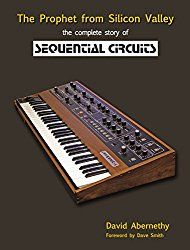



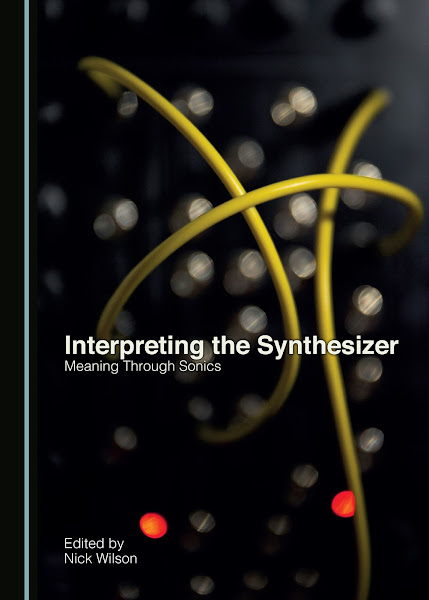
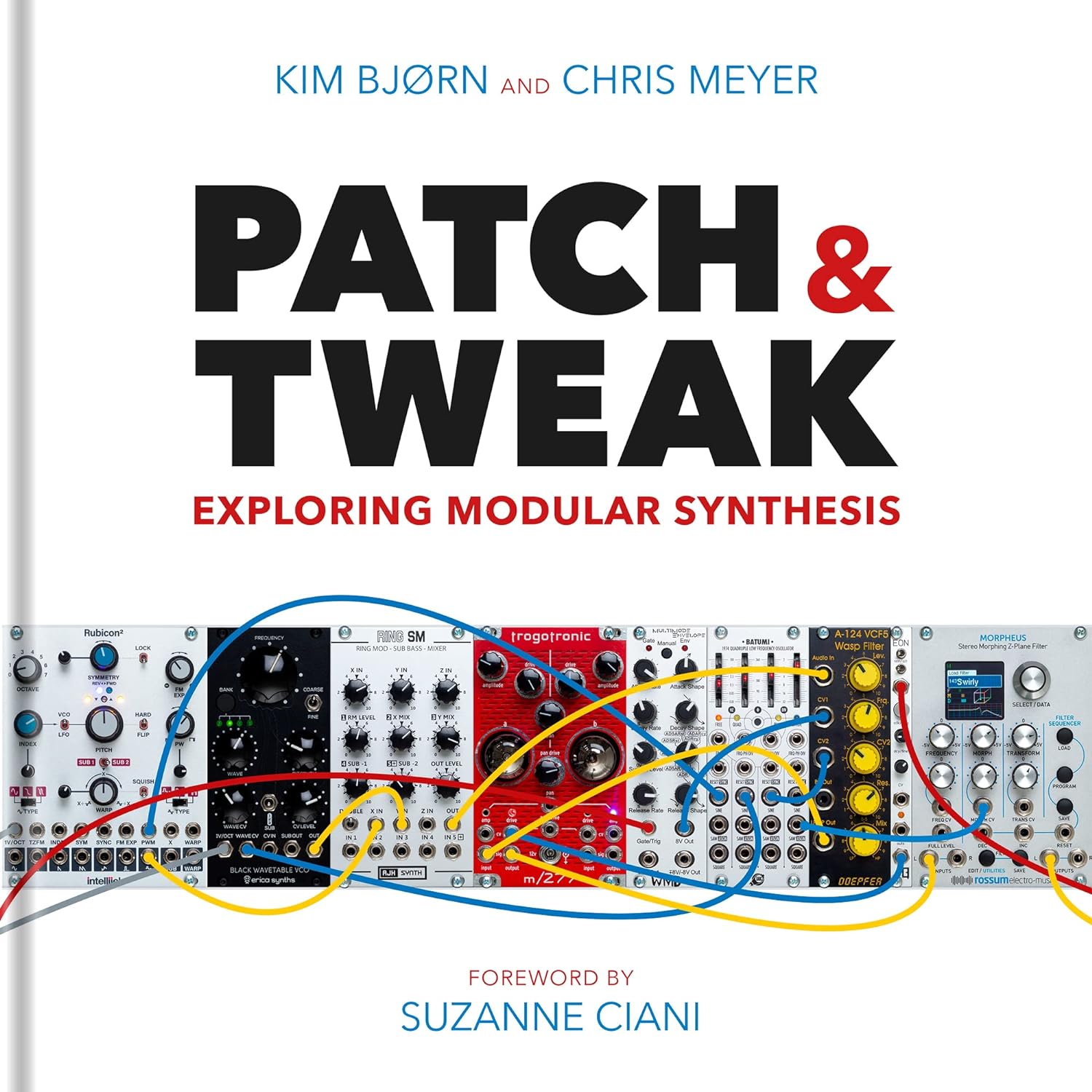

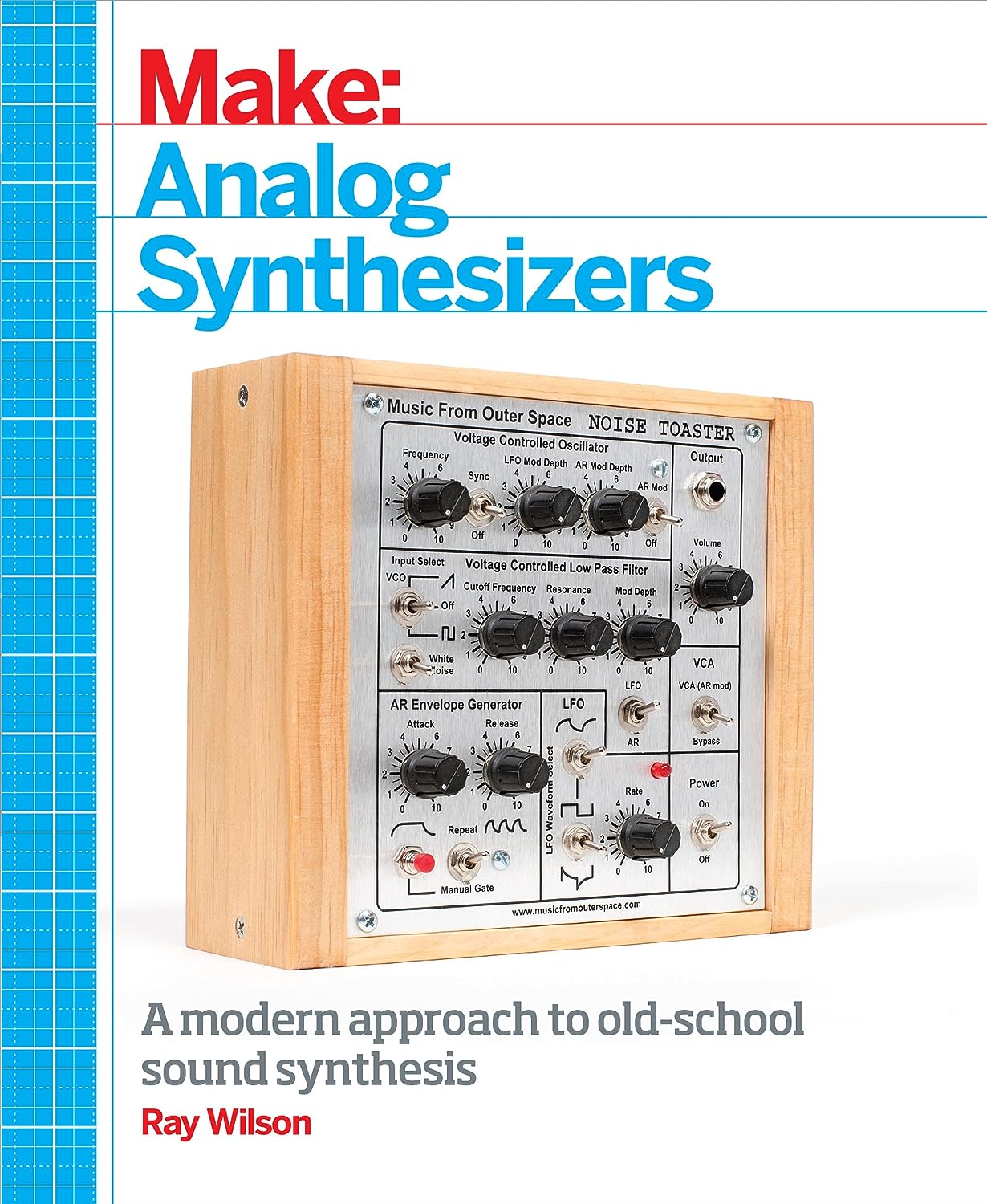

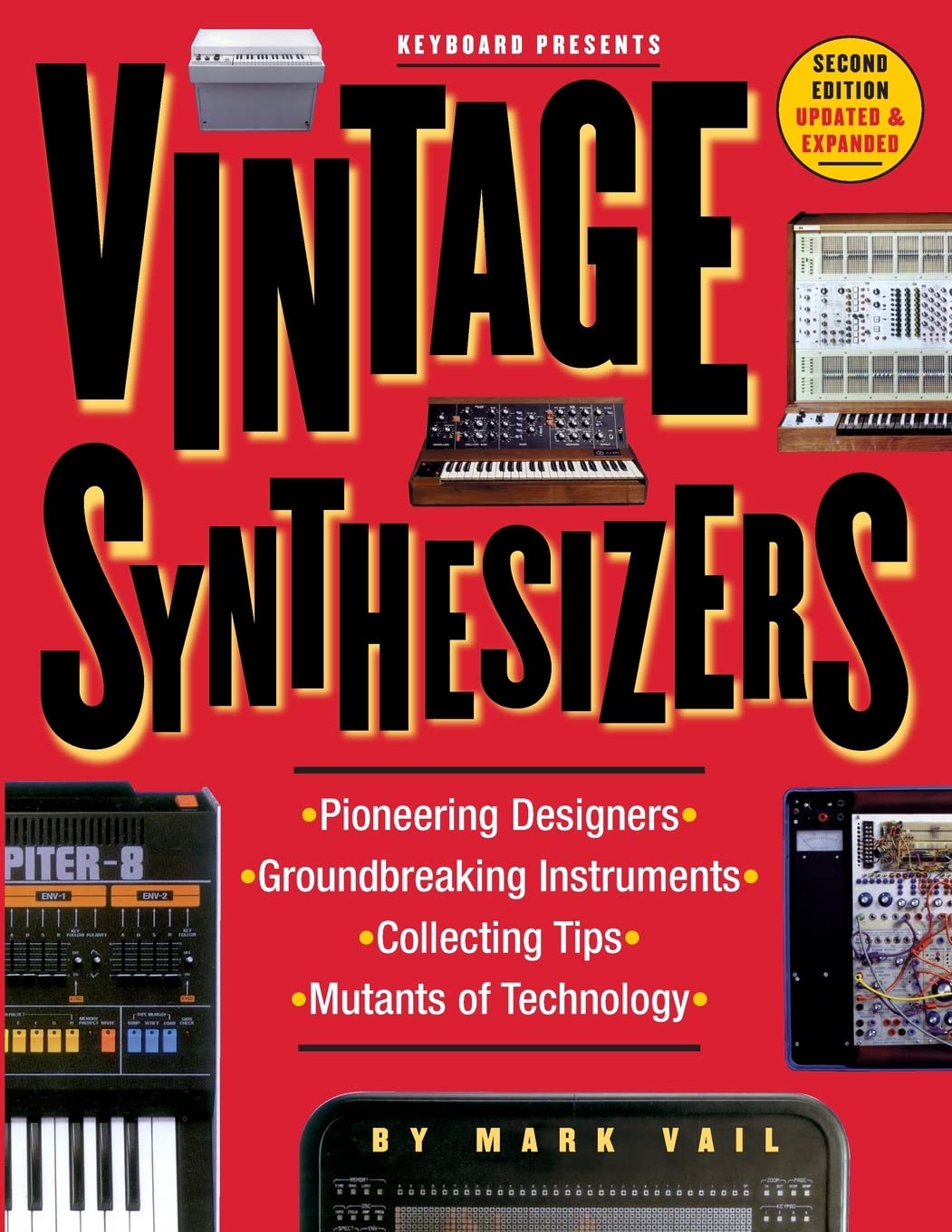
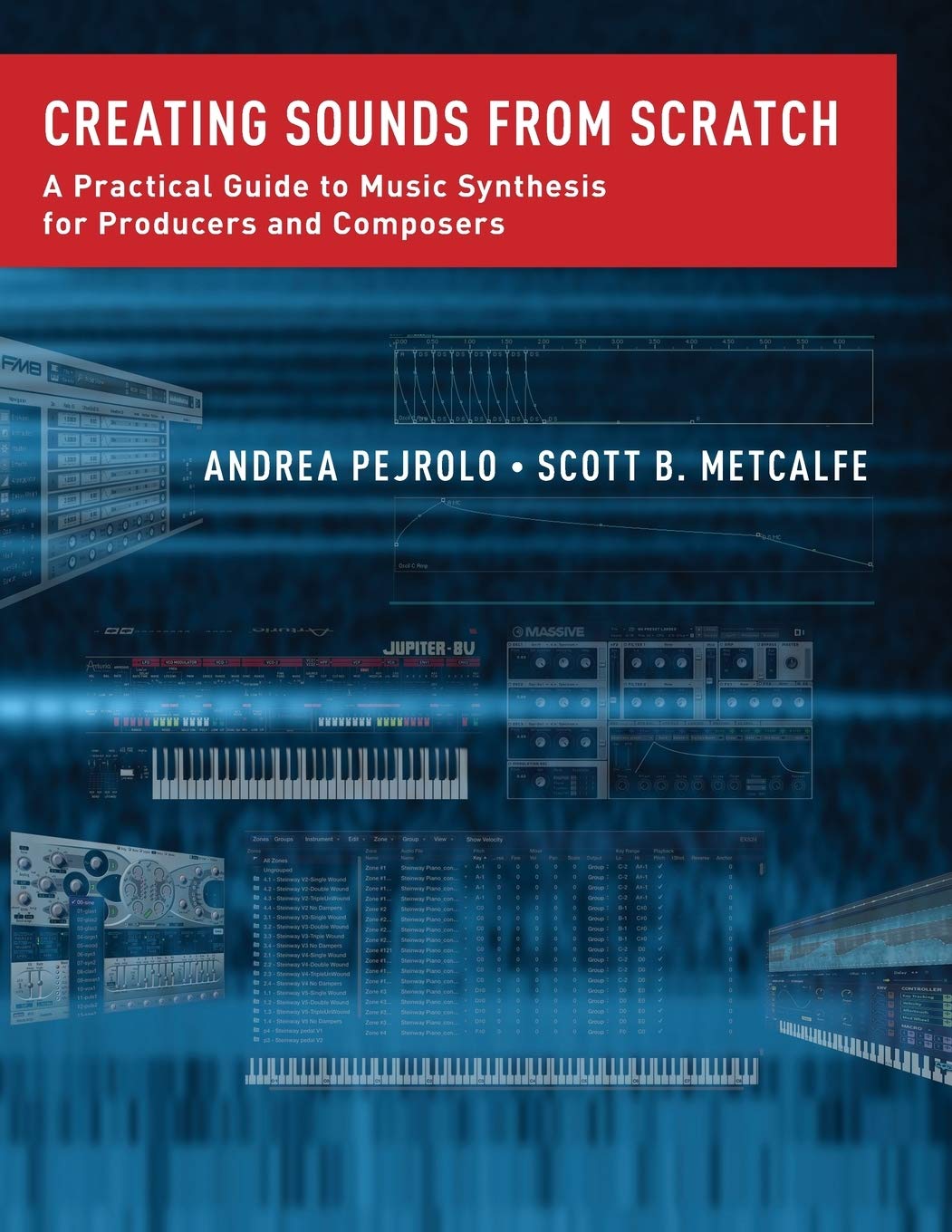
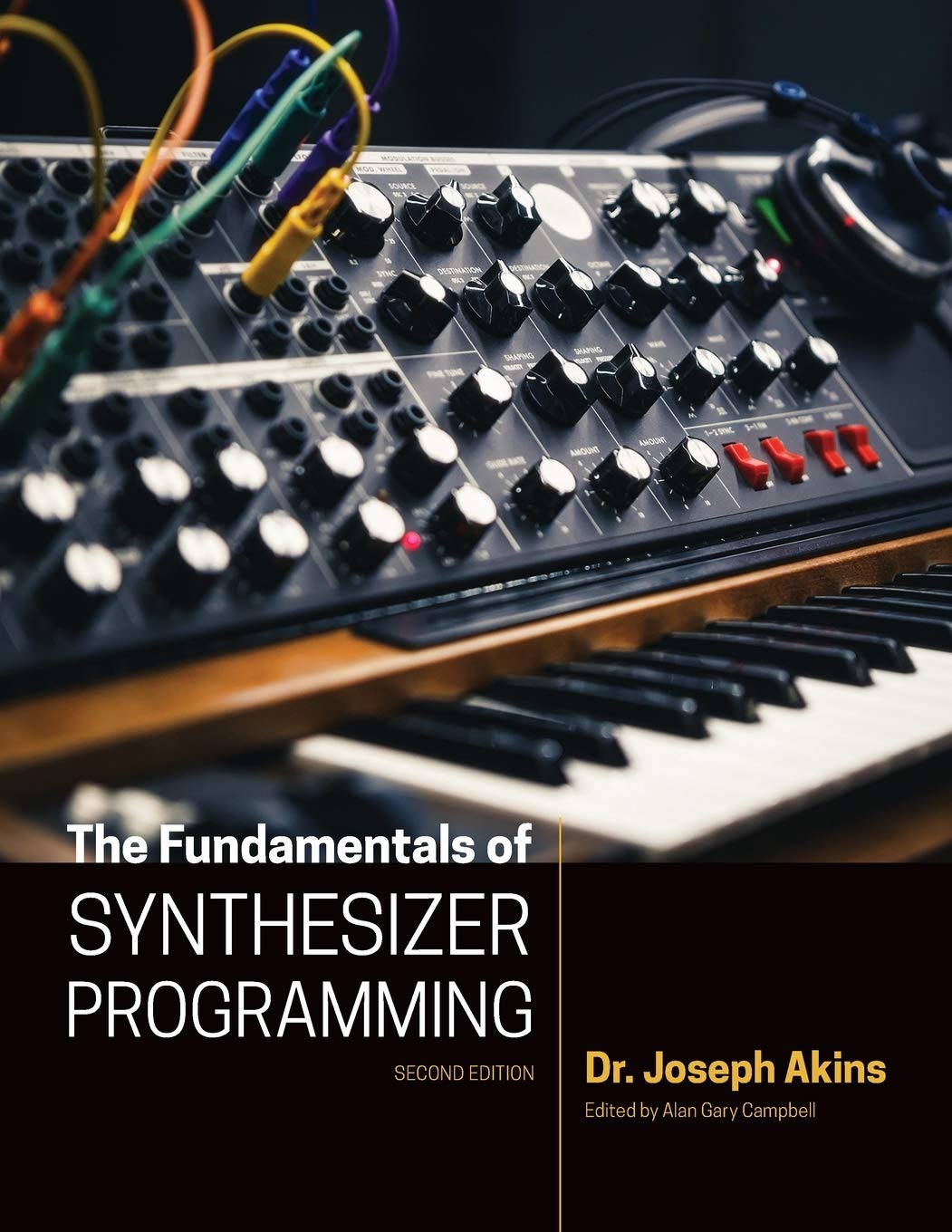

© Matrixsynth - All posts are presented here for informative, historical and educative purposes as applicable within fair use.
MATRIXSYNTH is supported by affiliate links that use cookies to track clickthroughs and sales. See the privacy policy for details.
MATRIXSYNTH - EVERYTHING SYNTH













© Matrixsynth - All posts are presented here for informative, historical and educative purposes as applicable within fair use.
MATRIXSYNTH is supported by affiliate links that use cookies to track clickthroughs and sales. See the privacy policy for details.
MATRIXSYNTH - EVERYTHING SYNTH















